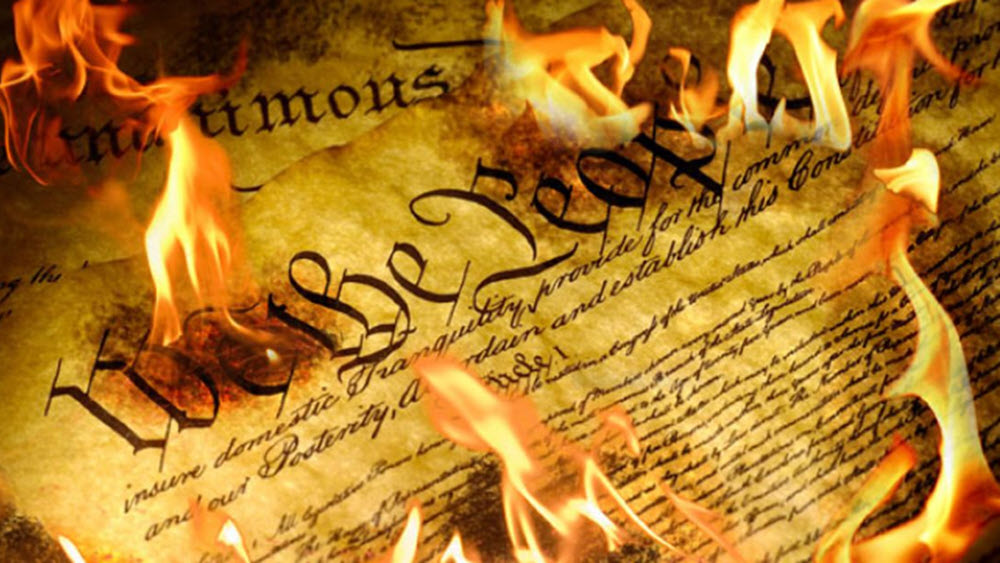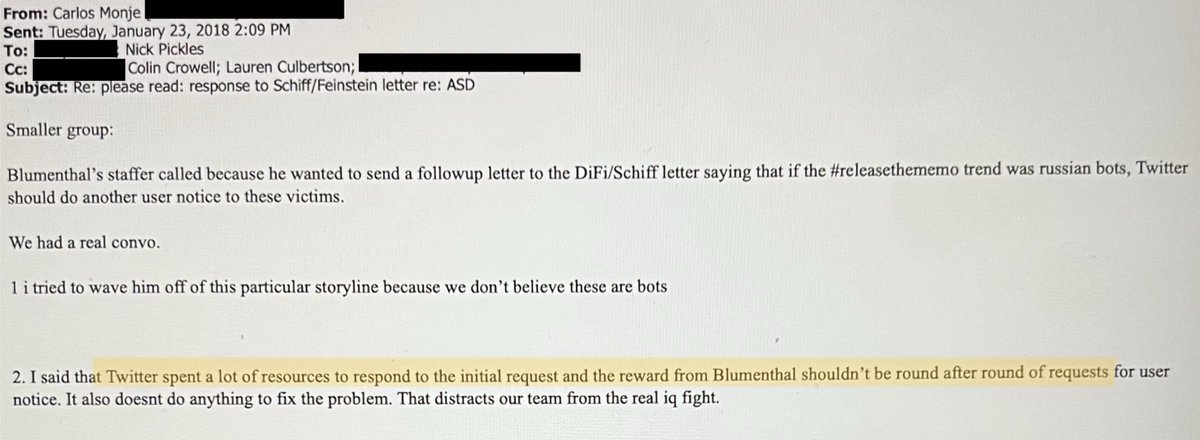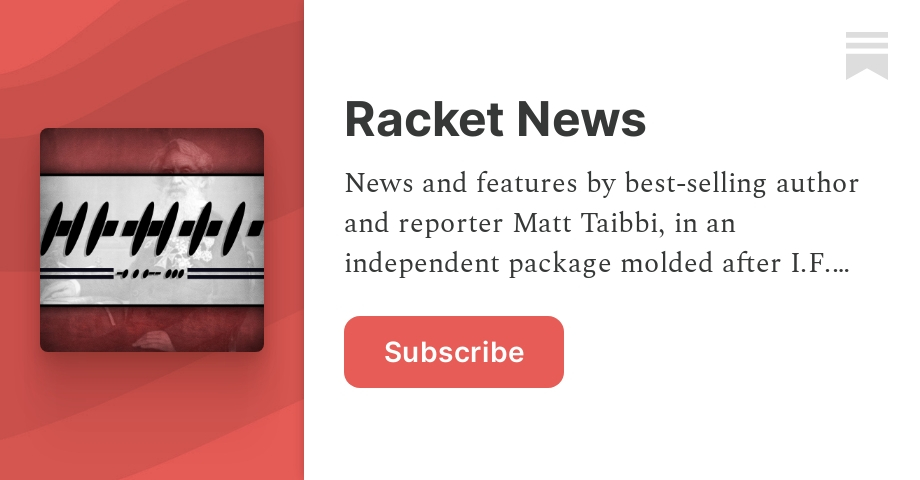Memorializing the Twitter Files – XIV. The Russiagate Lies I
Matt Taibi : The Russiagate Lies I
There was never any Russian influence in our elections of 2016 – 2020. This poisonous canard was pushed upon the public in a joint effort of Democrat Representatives and Senators, acquiesced to by Twitter executives who knew better, and publicized by a media acting as an arm of the Democratic Party.
At what point do the knowing lies of Congressmen or the media become acts of criminal fraud upon our nation?
1.THREAD: Twitter Files #14
THE RUSSIAGATE LIES
One: The Fake Tale of Russian Bots and the #ReleaseTheMemo Hashtag— Matt Taibbi (@mtaibbi) January 12, 2023
2.At a crucial moment in a years-long furor, Democrats denounced a report about flaws in the Trump-Russia investigation, saying it was boosted by Russian “bots” and “trolls.”
“Not any…significant activity connected to Russia.”
“Putting the cart before the horse assuming this is propaganda/bots.”
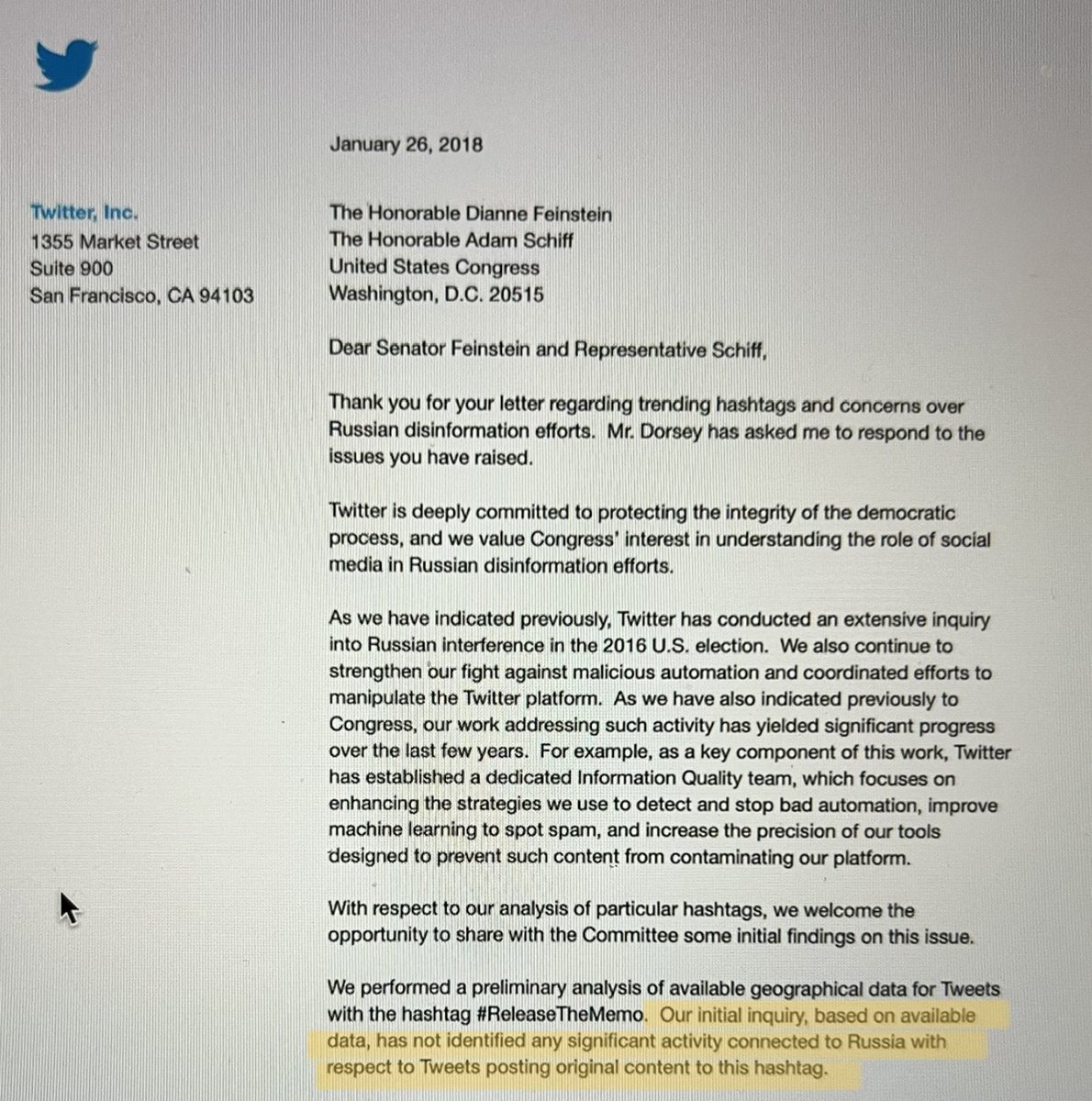


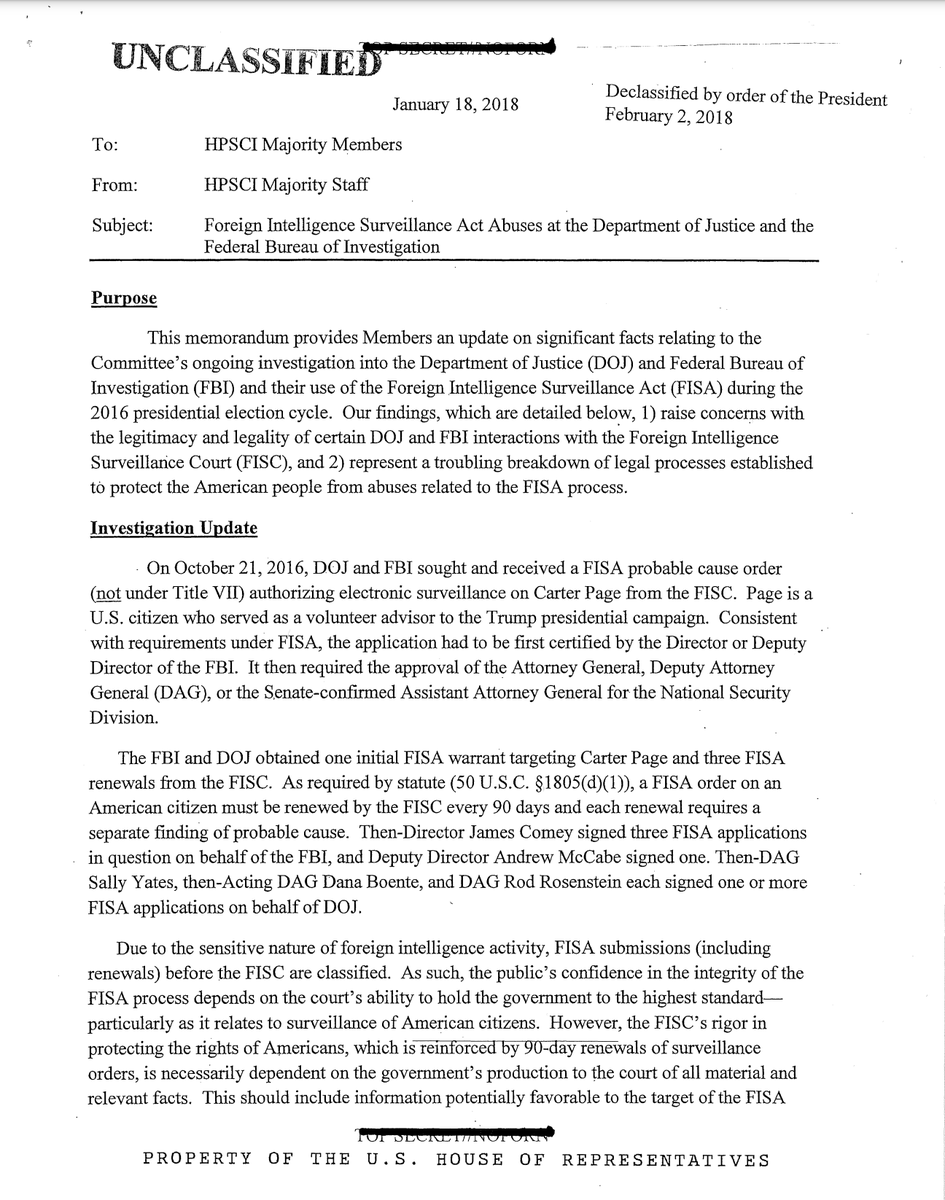
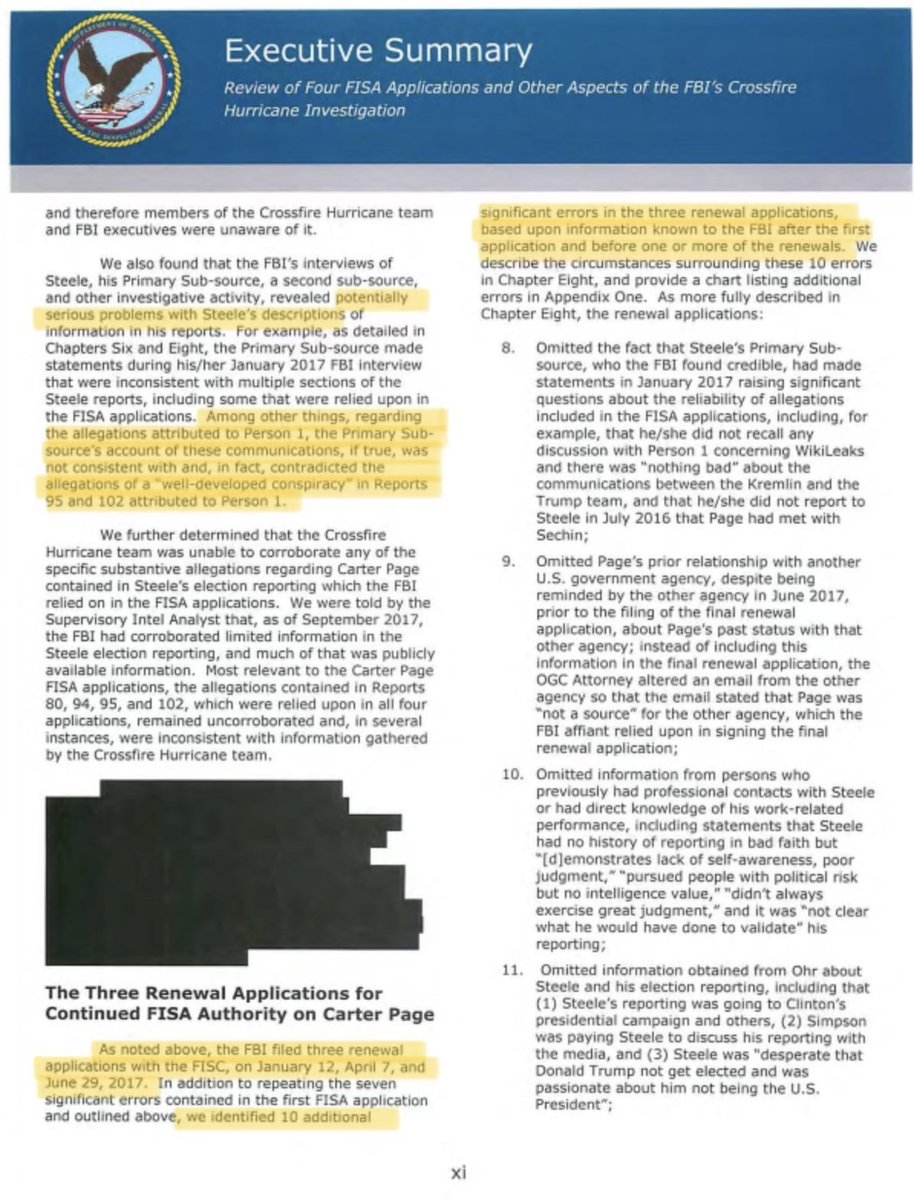
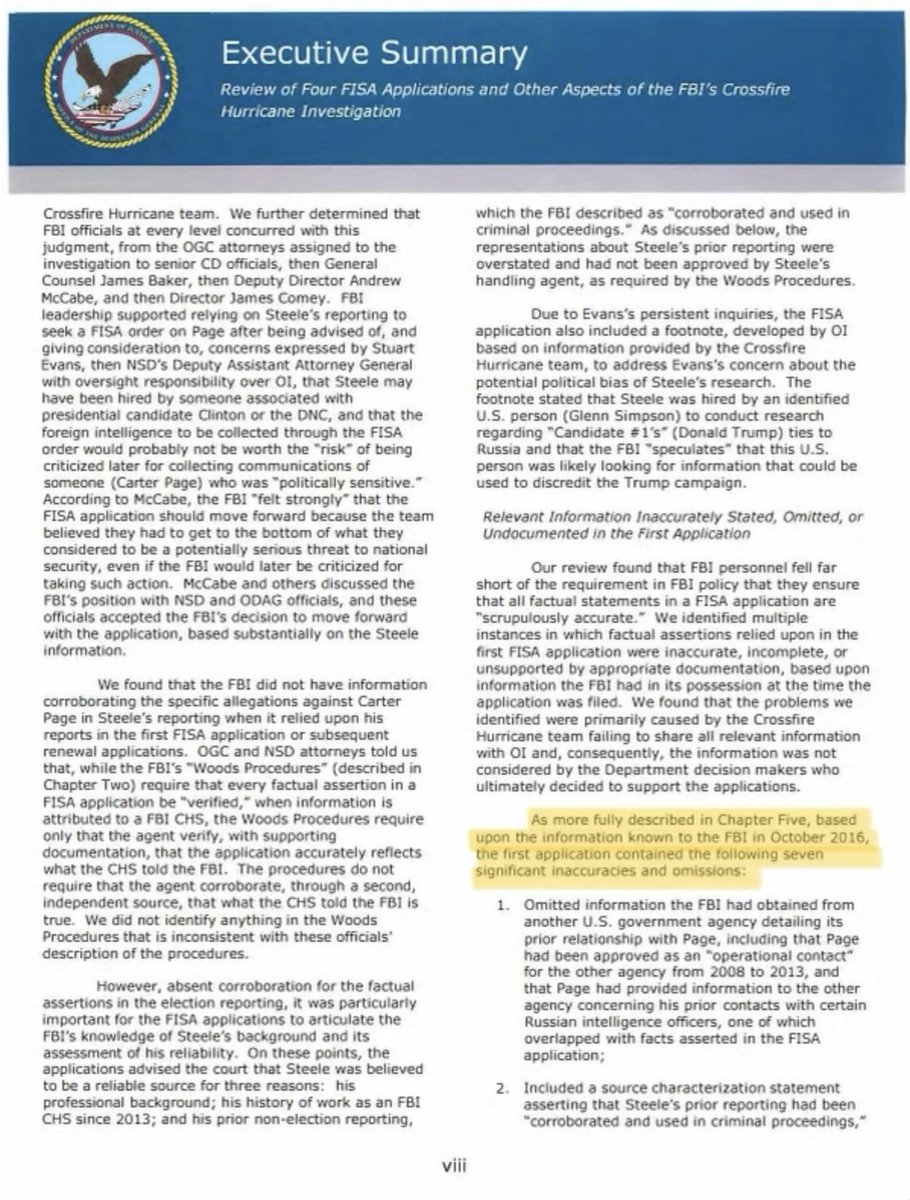
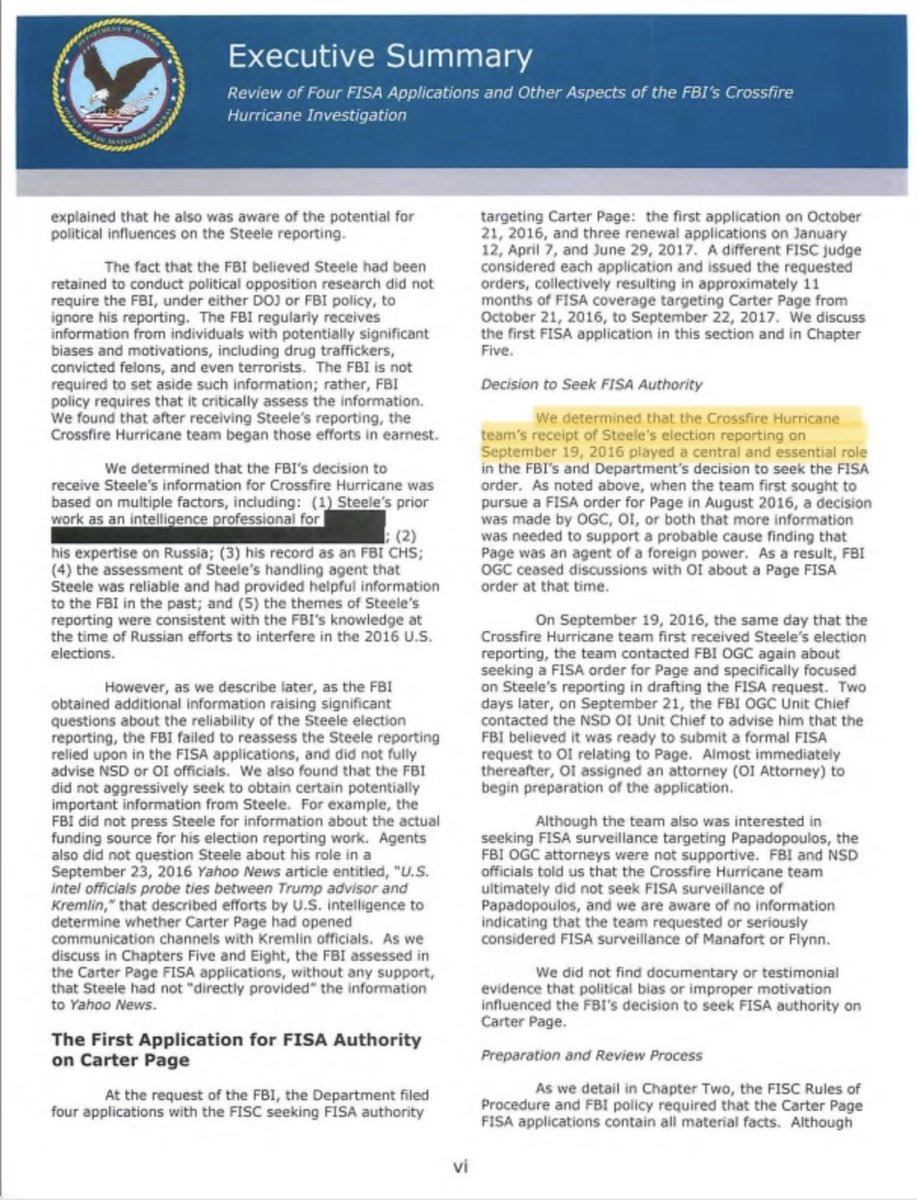
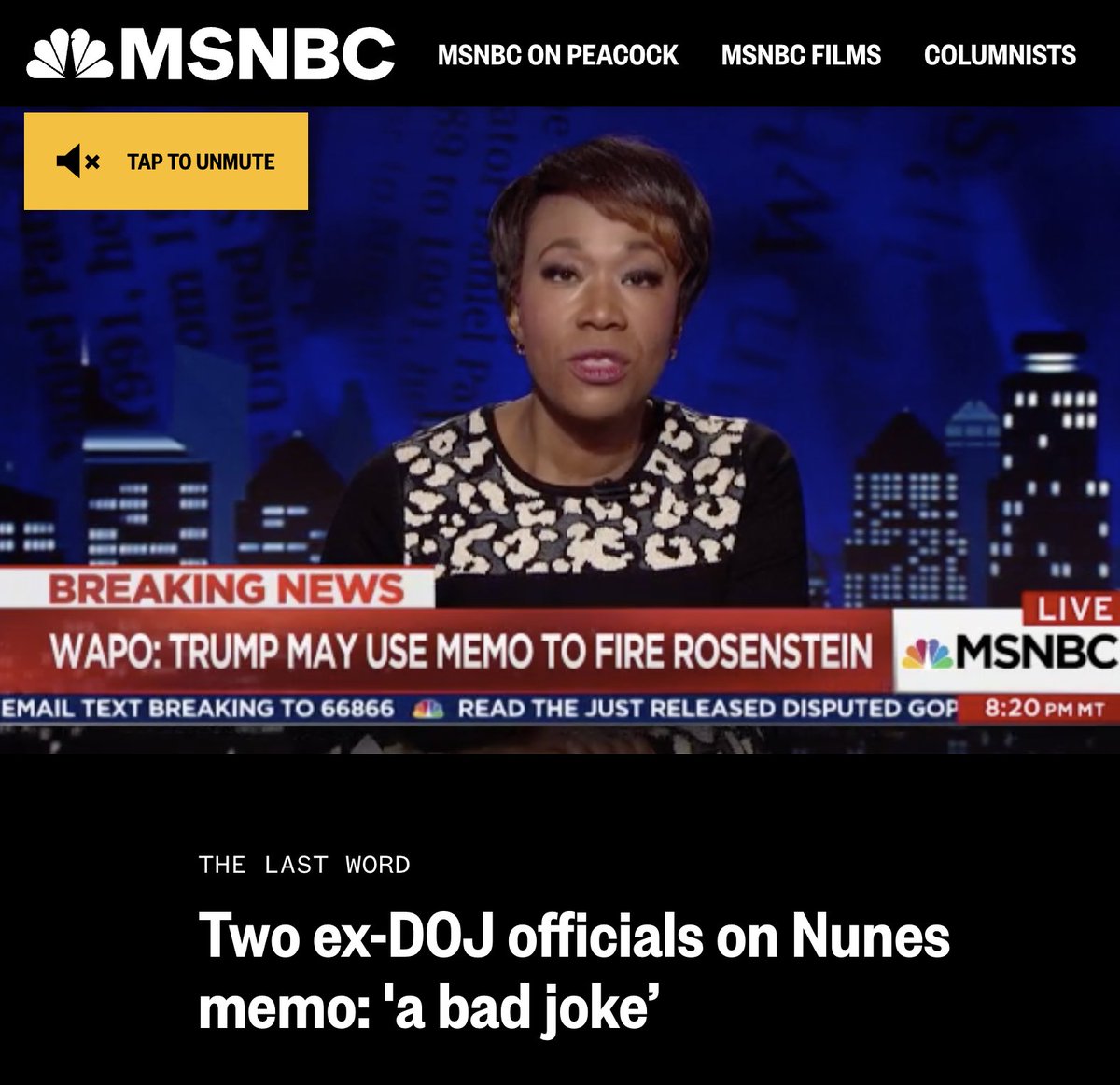
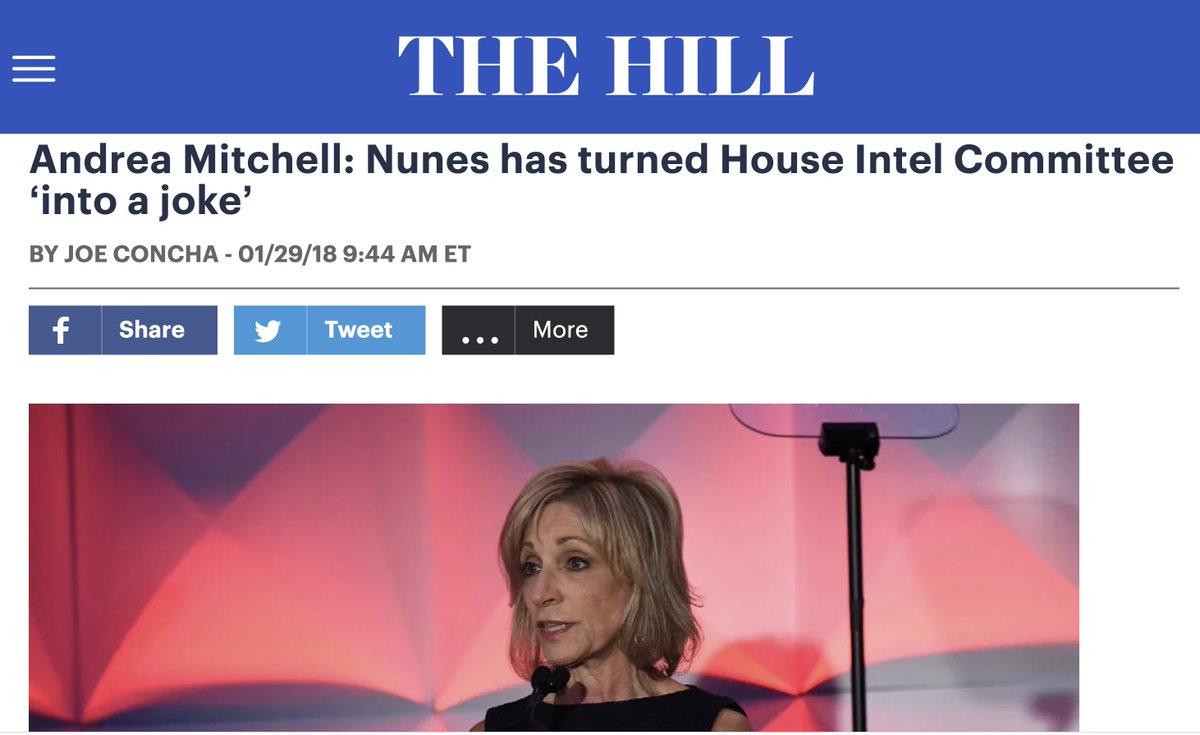
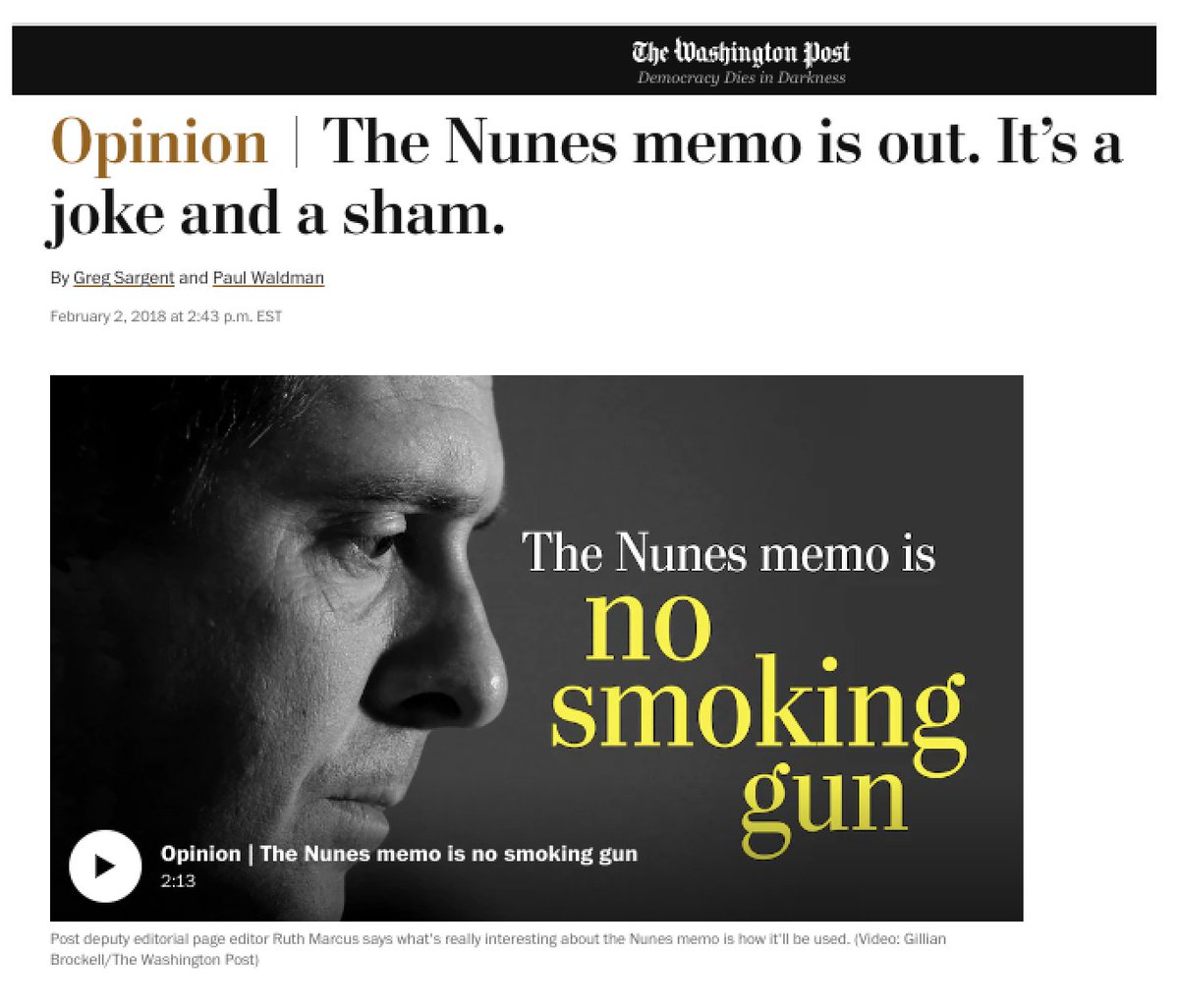
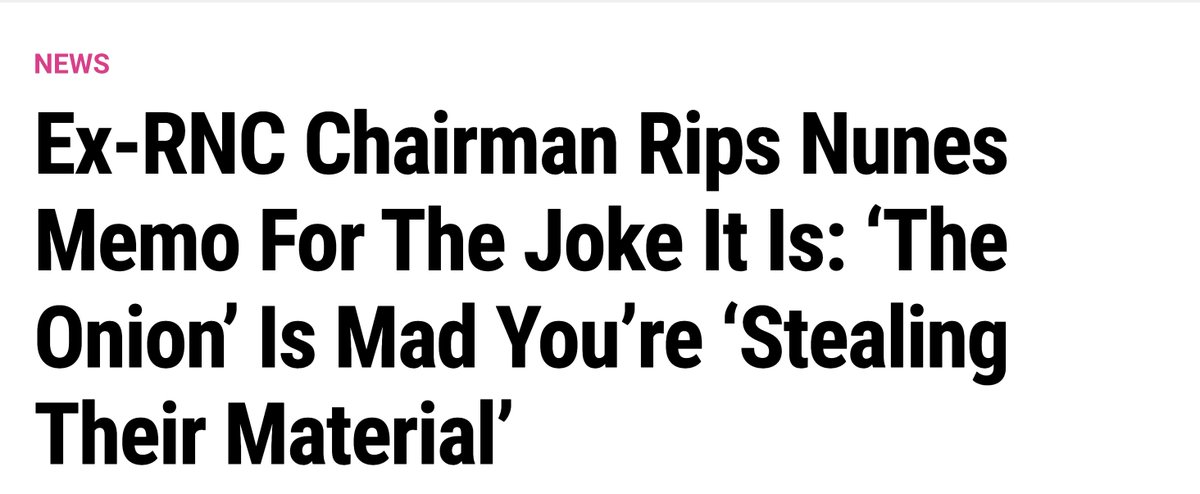
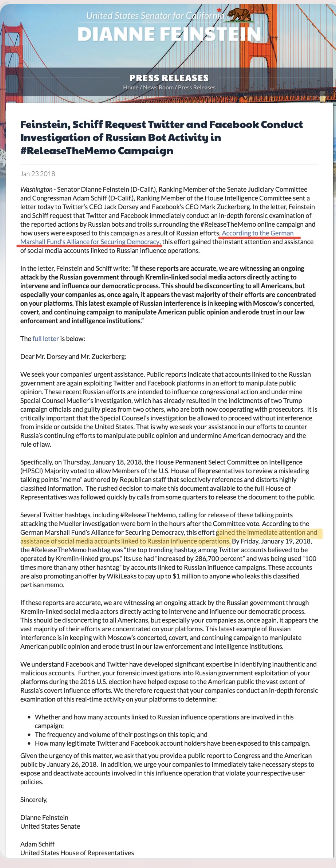


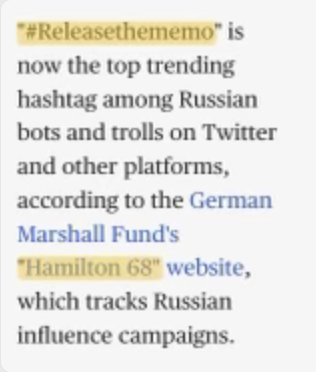




14.“I encourage you to be skeptical of Hamilton 68’s take on this, which as far as I can tell is the only source for these stories,” said Global Policy Communications Chief (and future WH and NSC spokesperson) Emily Horne.



19.A staffer for “DiFi” – Feinstein – agreed it would be “helpful to know” how Hamilton 68 goes by “the process by which they decide an account is Russian.”
But, only AFTER Feinstein published her letter about Russian influence.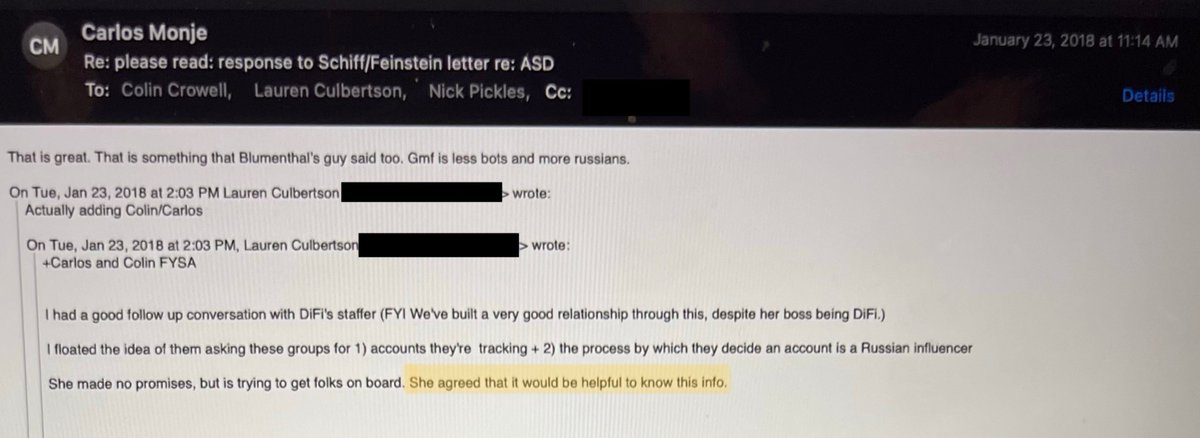


22.One Twitter exec even tried to negotiate, implying an undisclosed future PR concession if Blumenthal would lay off on this:
25.They expressed this explicitly to Blumenthal’s camp, saying “Twitter spent a lot of resources” on this request and the reward from Blumenthal shouldn’t be round after round of requests.”




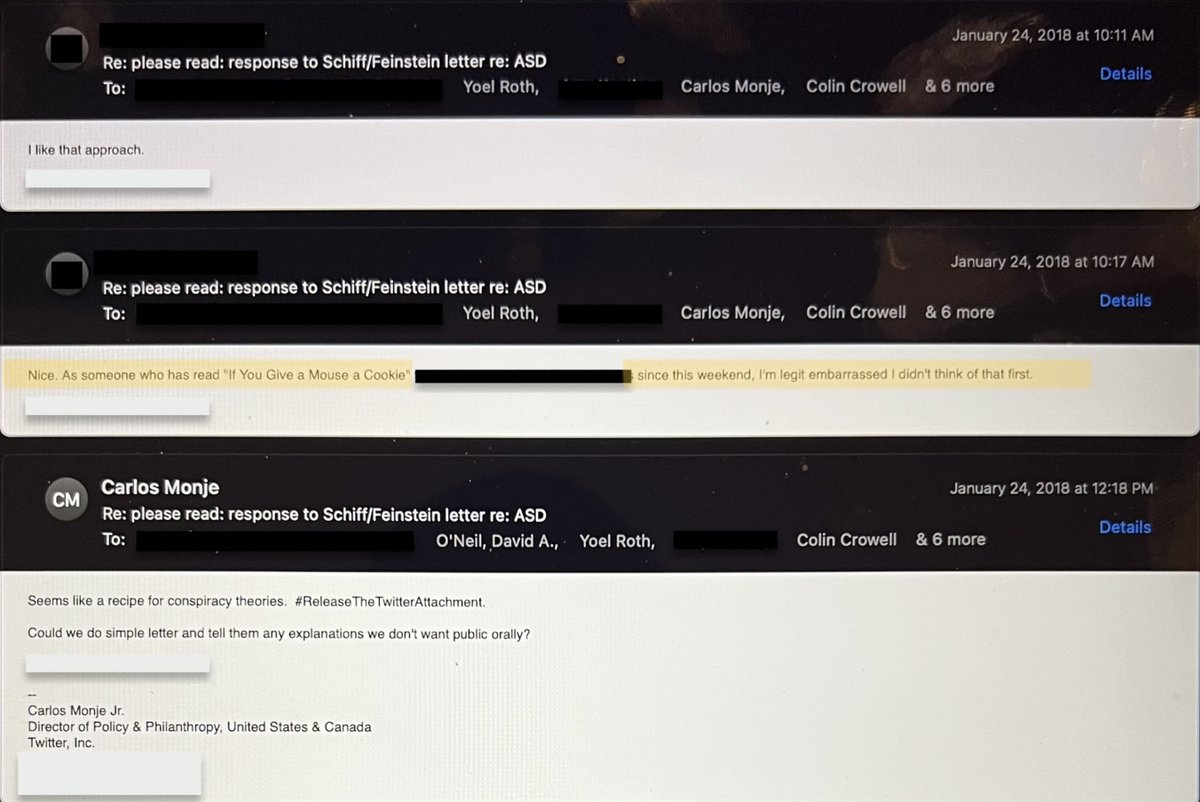

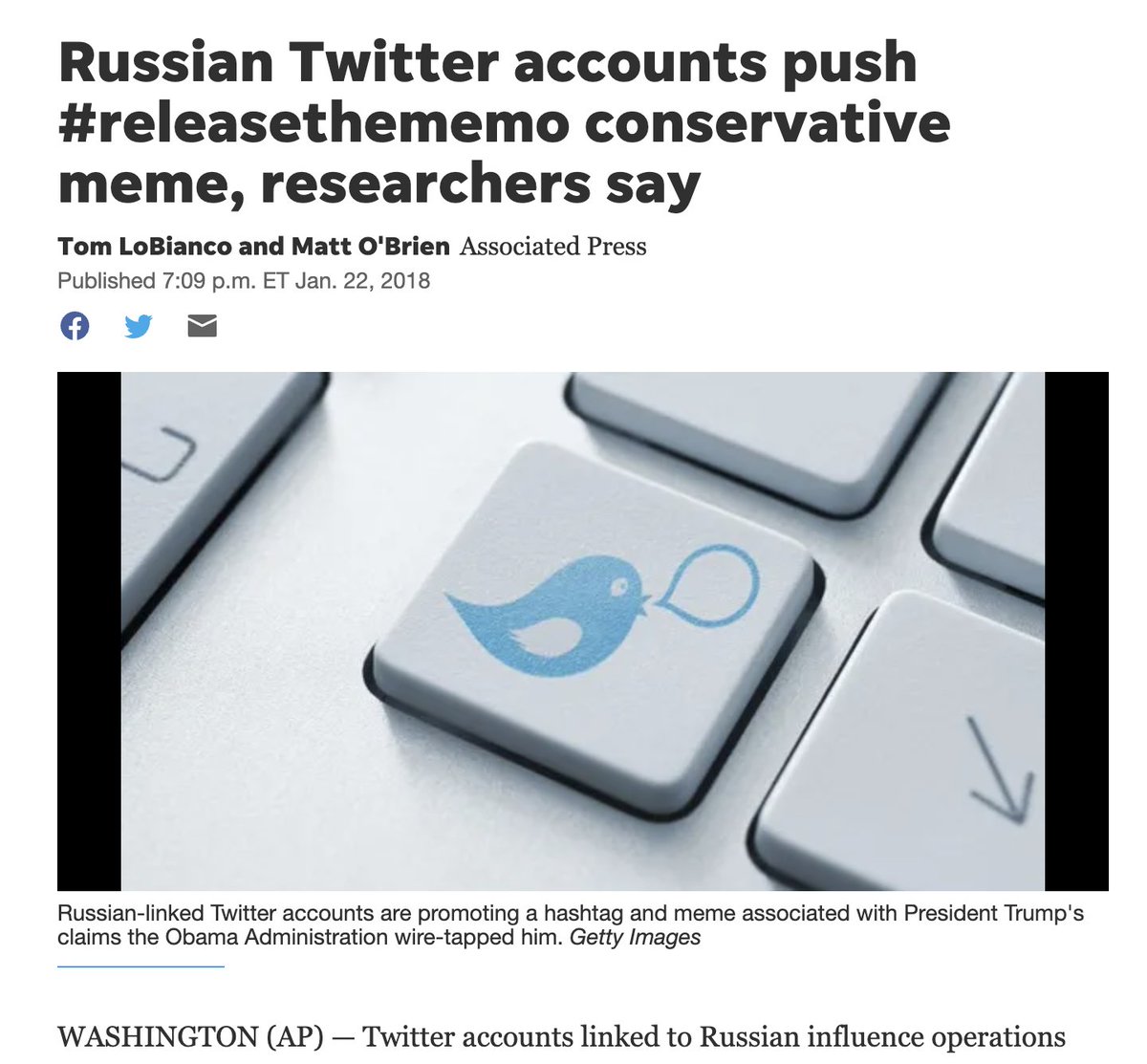
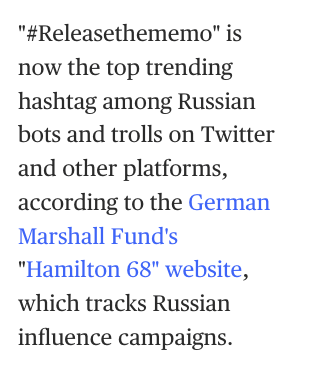
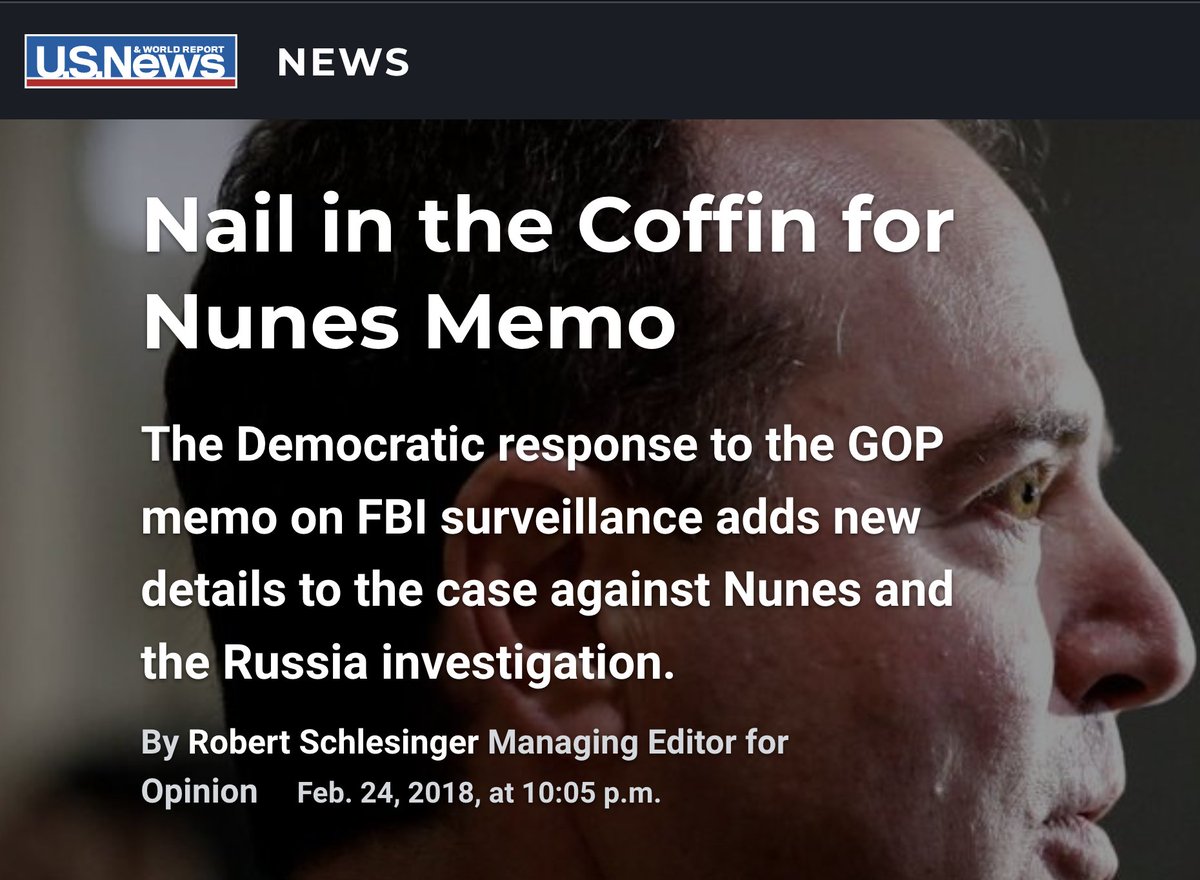
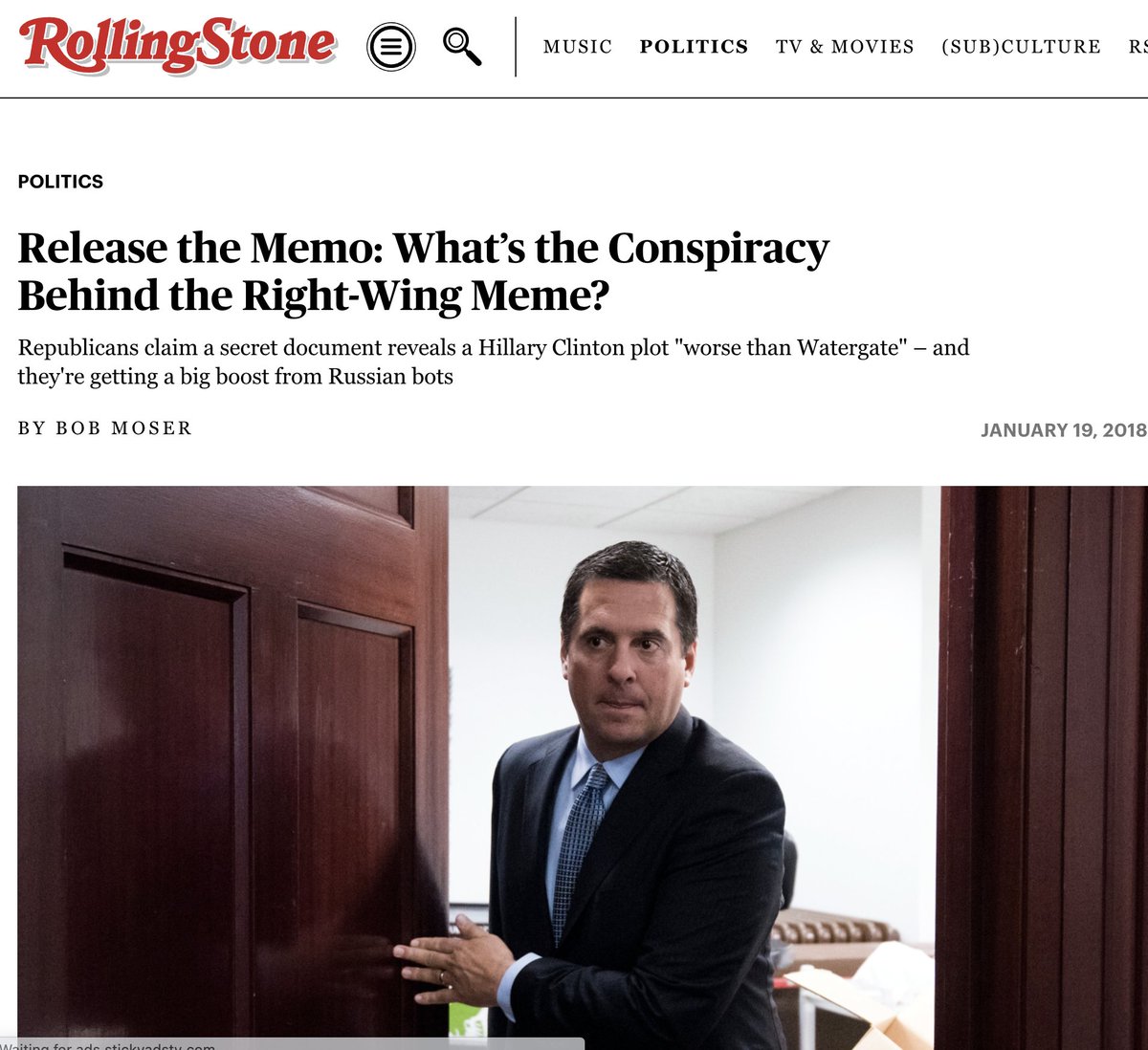
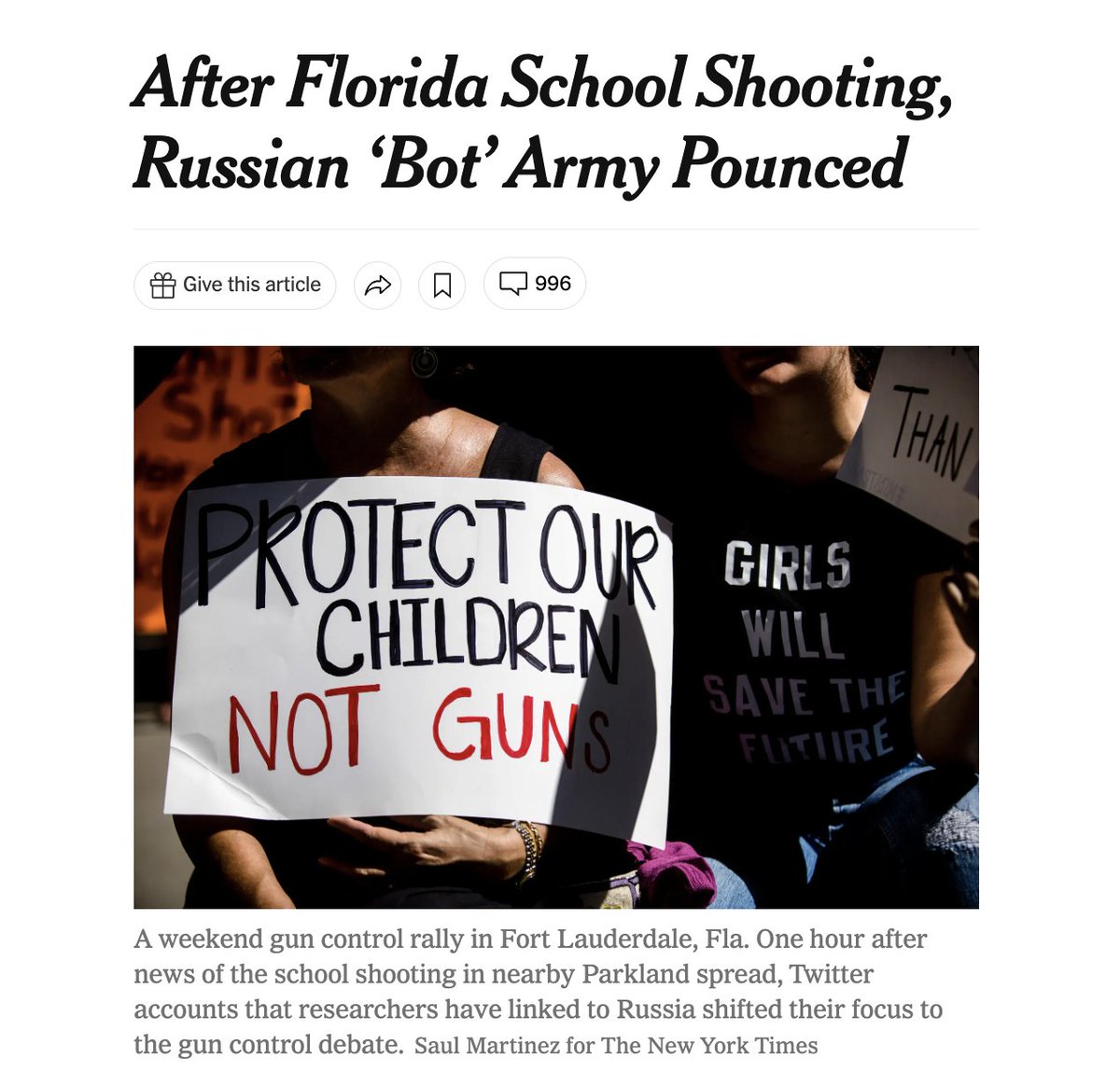
34.Re #SchumerShutdown and #ReleaseTheMemo, the internal guidance was, “Both hashtags appear to be organically trending.”
39.For more, watch @ShellenbergerMD, @bariweiss, @lhfang, @davidzweig, @AlexBerenson, and more.
Read Taibbi.Substack.Com for more on why “America Needs Truth and Reconciliation on Russiagate.”
